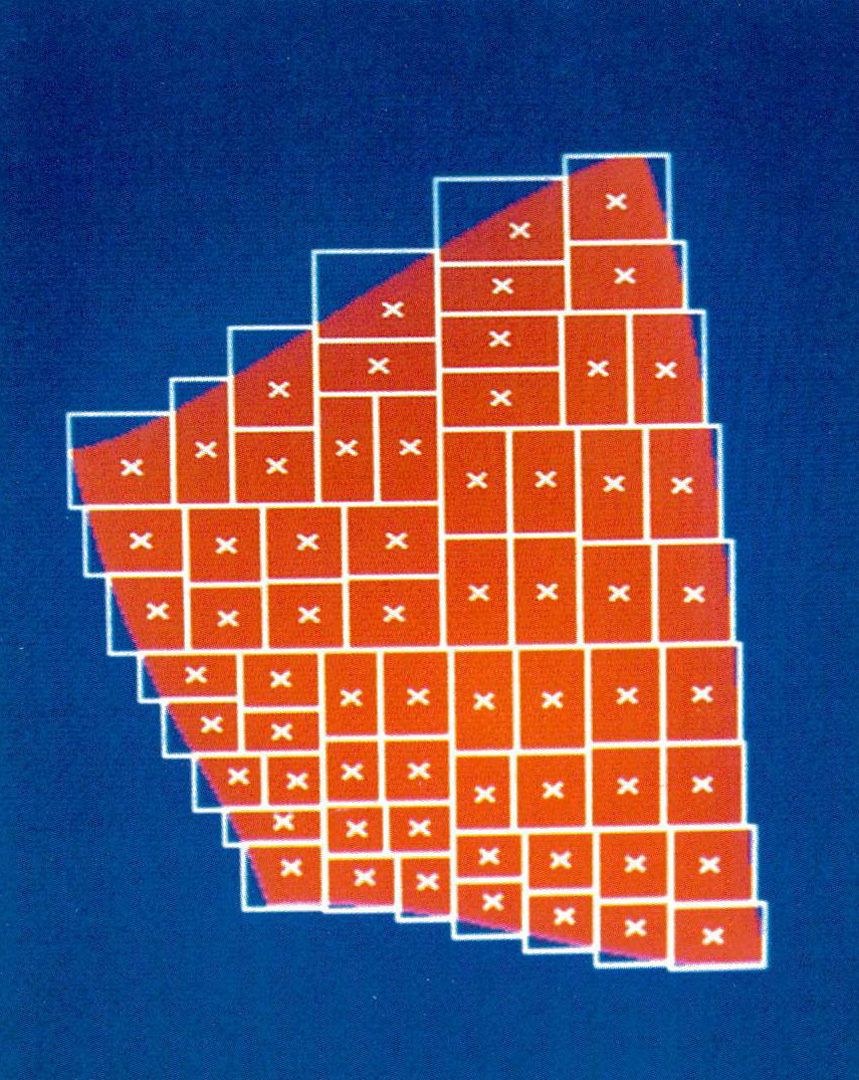“Artificial texturing: An aid to surface visualization” by Schweitzer
Conference:
Type(s):
Title:
- Artificial texturing: An aid to surface visualization
Presenter(s)/Author(s):
Abstract:
Texture is an important surface characteristic which provides a great deal of information about the nature of a surface, and several computationally complex algorithms have been implemented to replicate realistic textures in computer shaded images. Perceptual psychologists have recognized the importance of surface texture as a cue to space perception, and have attempted to delineate which factors provide primary shape information. A rendering algorithm is presented which uses these factors to produce a texture specifically designed to aid visualization. Since the texture is not attempting to replicate an actual texture pattern, it is called “artificial” texturing. This algorithm avoids the computational limitations of other methods because this “artificial” approach does not require complex mappings from a defined texture space to the transformed image to be rendered. A simple filtering method is presented to avoid unacceptable aliasing.
References:
1. Blinn, James F. and Newell, Martin E. “Texture and Reflection in Computer Generated Images”, Communications of the ACM, Vol. 19, No. 10, October 1976, pp. 542-547.
2. Blinn, J. F. “Simulation of Wrinkled Surfaces”, Computer Graphics, Vol. 12, No. 3, August 1978, pp. 286-292.
3. Braunstein, M. L. Depth Perception through Motion, Academic Press, New York, 1976.
4. Catmull, E. “A Subdivision Algorithm for Computer Display of Curved Surfaces”, Tech. Report No. UTEC-CSc-74-133, University of Utah, December 1974.
5. Feibush, E. A., Levoy, M., and Cook, R. L. “Synthetic Texturing using Digital Filters”, Computer Graphics, Vol. 14, No. 3, July 1980, pp. 294-301.
6. Foley, J. D. and Van Dam, A. Fundamentals of Interactive Computer Graphics, Addison-Wesley, Reading, Mass., 1982.
7. Gibson, J. J. The Perception of the Visual World, The Riverside Press, Cambridge, Mass, 1950.
8. Haber, Ralph N. and Henderson, Maurice. The Psychology of Visual Perception, 2nd ed., Holt, Rhinehart and Winston, New York, 1980.
9. Newman, William F. and Sproull, Robert F. Principles of Interactive Computer Programming, 2nd ed., McGraw-Hill, New York, 1979.
10. Norton, A., Rockwood, A. P., and Skolmoski, P. T. “Clamping: A Method of Antialiasing Textured Surfaces by Bandwidth Limiting in Object Space”, Computer Graphics, Vol. 16, No. 3, July 1982, pp. 1-8.
11. Phillips, R. J. “Stationary Visual Texture and the Estimation of Slant Angle”, Quarterly Journal of Experimental Psychology, Vol., No. 22, 1970, pp. 389-397.





